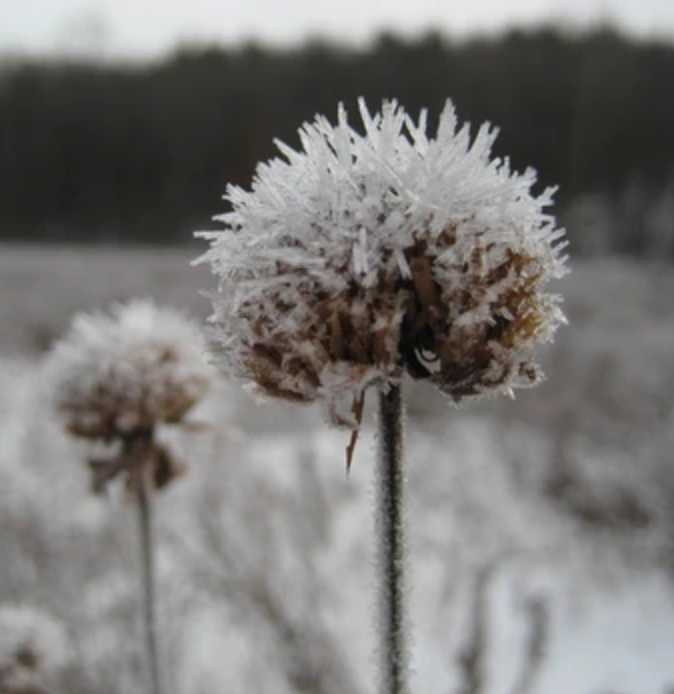
When the sun goes down at 5PM and all you see when you look out the window is your own face, does it have you feeling...reflective? In the dark and cold of midwinter, many of us feel the desire to draw inwards and think about how the year went and how we want the next one to be. For gardeners bound up inside, January can be a great time for some garden retrospection. Not only that, but if you can bundle up and brave the cold (or if you live somewhere sunnier than our frigid Northeast!), there are some active tasks you can do around your yard as well.
1. REFLECT

Think back on this last growing season. Go allll the way back to last spring, when you bought seeds and prepped beds. Remember all the careful tending you did, all the harvests, good and bad. Remember weeds and bugs and weather too. Some questions you can ask yourself:
What crops grew well this year? Which did not?
What changes can I make for a better season?
What gardening processes and habits worked for me this year? Which did not?
What better processes can I put in place, and which habits should I keep or break?
Having a firm recollection of the year will help you understand what needs to happen to make this your best gardening season yet.
2. REPAIR
While we're busy tending and harvesting, our garden infrastructure can become neglected. Take this time to mend fences, sheds, greenhouses, and tools. Pots and rain barrels can use a good scrub. That way come spring, you'll have a garden space that's secured against pests, organized, and easy to use.
3. MAINTAIN
 Be sure to look after any plants you may be protecting from the weather. Double check that row cover, cold frames, ties, and supports are all holding up. If you get heavy snows, brush off your greenhouses to avoid damage.
Be sure to look after any plants you may be protecting from the weather. Double check that row cover, cold frames, ties, and supports are all holding up. If you get heavy snows, brush off your greenhouses to avoid damage.
4. TIDY

5. STEWARD
Remember, one creature's yard is another creature's habitat. Our gardens are part of the greater ecosystem and keeping that in balance is a responsibility all growers share. Continue looking after wildlife by putting out bird feeders, and leave some areas of your garden wild to provide shelter until the spring.
6. PLAN

January isn't such a bad time to be a gardener after all, is it? Having taken the time to prepare and reflect, both you and your plants will come back stronger in the new season.





